How to Design Marine Life Jackets for All Ages
Table of Contents
Creating marine life jackets that cater to all age groups from infants to seniors, requires careful attention to safety, comfort, and accessibility. An effective design must consider the unique needs of each age group, enhancing both the utility and user experience of the life jackets. This article delves into the importance of designing marine life jackets for all ages and the key design considerations.
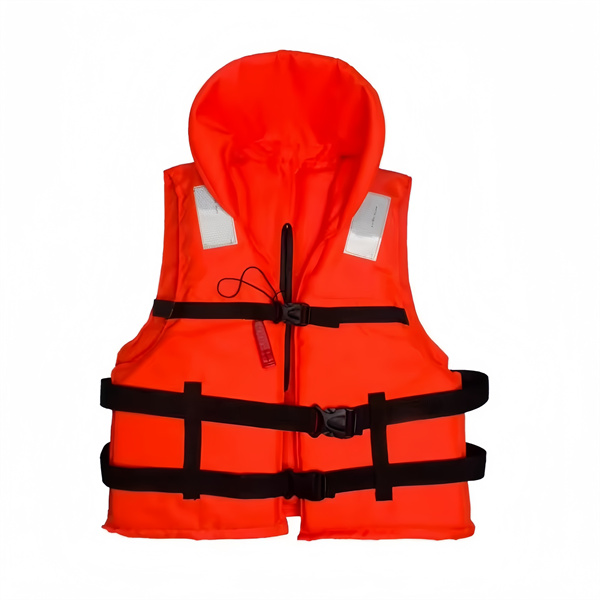
Why Should Design Marine Life Jackets for All Ages
Life jackets are vital for preventing drowning and providing buoyancy in emergencies, but their effectiveness depends largely on how well they are designed to meet the specific needs of different age groups.
- Safety and Protection: Properly designed life jackets help ensure that infants, children, adults, and seniors are all protected in the water. For example, life jackets for infants and toddlers must offer head support and secure straps to prevent slipping, while adults and seniors require features that cater to body size, mobility, and comfort.
- Comfort and Fit: Comfort is essential for encouraging individuals to wear life jackets consistently. Each age group has different physical requirements, from the adjustable straps and bright, easily visible designs for children to lightweight materials and easy-to-use fastenings for seniors. A comfortable fit enhances the likelihood of the jacket being worn, even during extended periods.
- Adaptation to Physical Abilities: As people age or develop physical limitations, their strength and mobility may change. Seniors may require life jackets that are lightweight and easy to put on, while still providing the necessary flotation. For children, having adjustable features that accommodate growth ensures long-term usability.
- Compliance with Regulations: Safety standards for life jackets vary by age group, and designing life jackets that comply with these standards—whether it’s U.S. Coast Guard (USCG), European CE certifications, or other international regulations—ensures that all individuals are adequately protected.
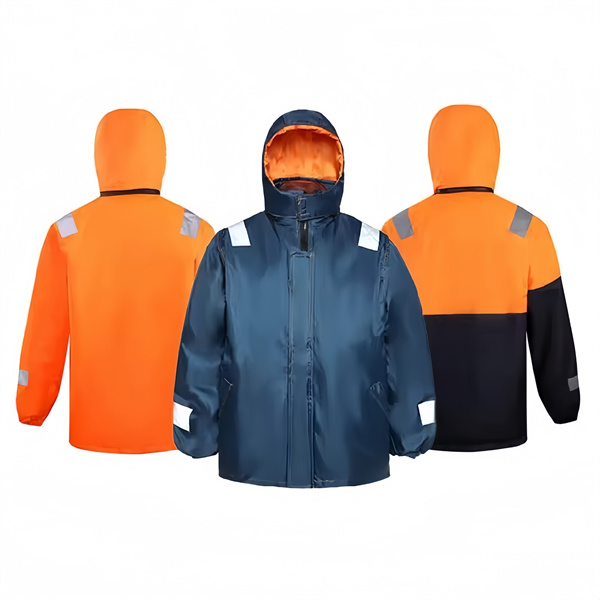
Key Design Considerations for Crafting Life Jackets Suitable for All Ages
1. Age-Specific Sizing and Fit
Proper sizing is vital for the effectiveness of a marine life jacket. The design must account for various body types and sizes.
- Infants and Toddlers: Infant life jackets should provide extra head support, typically with a built-in head cushion or flotation collar to keep the head above water. Straps that secure between the legs prevent the jacket from riding up.
- Children: Designs should be snug but not restrictive, with adjustable straps and buckles that ensure a comfortable yet secure fit. Bright colors and safety whistles are often added to improve visibility and draw attention in case of an emergency.
- Adults: Maine life jackets for adults should cater to a range of body shapes, offering adjustable straps and contoured designs that ensure the jacket stays in place during use.
- Seniors: Older adults may need jackets with easier-to-use fastenings and ergonomic designs that support mobility and comfort while compensating for reduced muscle strength.
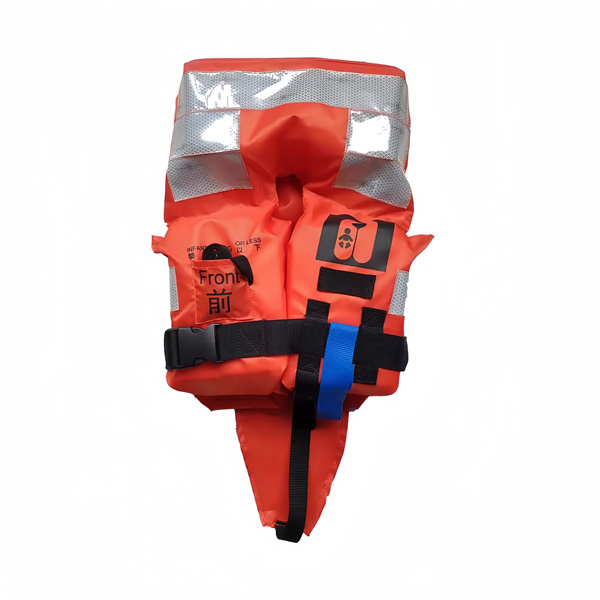
2. Enhanced Safety Features
Different age groups may require unique safety enhancements.
- Infants and Children: Crotch straps, grab handles, and reflective patches are vital for quick retrieval and visibility. Designs should incorporate materials that are soft on the skin to avoid irritation.
- Adults: Modern adult life jackets often include additional flotation elements for offshore use, with added reflective elements and built-in safety lights for nighttime visibility.
- Seniors: Lightweight, breathable materials and user-friendly fastenings like quick-release buckles can be beneficial for ease of use and comfort.
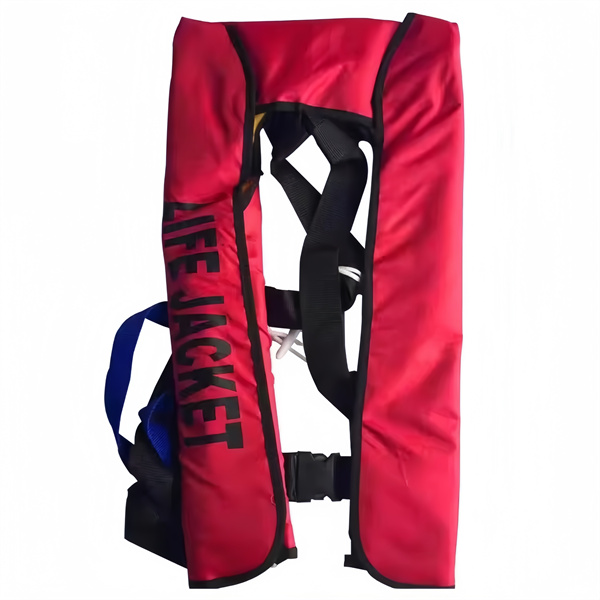
3. User Comfort and Mobility
Comfort is a crucial aspect that affects the willingness to wear a marine life jacket.
This chart highlights the importance of tailoring life jacket designs to ensure comfort and ease of movement across all age groups, promoting consistent wear and enhancing safety.
| Age Group | Comfort Features | Mobility Considerations |
| Infants and Toddlers | Soft, non-abrasive fabrics, cushioned head support | Secure leg straps to prevent jacket movement |
| Children | Adjustable straps for a snug fit, breathable material | Contoured design of children inflatable life jackets to allow arm and leg movement for play |
| Adults | Ergonomic padding, moisture-wicking liners | Flexible panel placement for full range of motion |
| Seniors | Lightweight construction, easy-to-use fastenings | Designs that accommodate reduced strength and joint mobility |
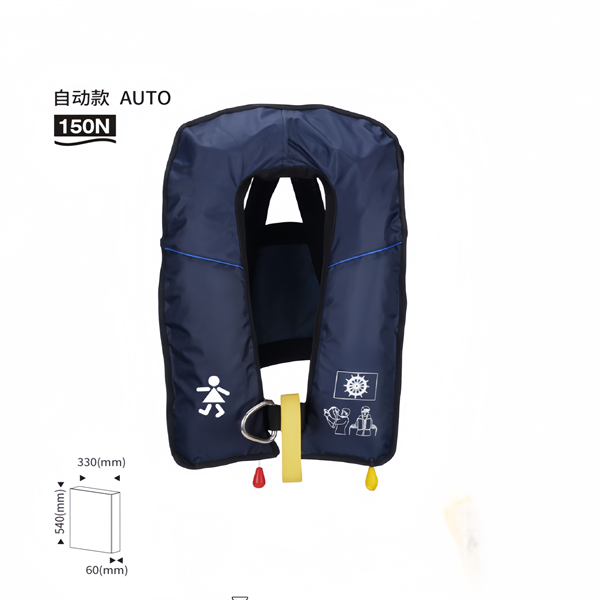
4. Durability and Longevity
This chart emphasizes the importance of incorporating robust features into marine life jackets for different age groups to enhance their lifespan and ensure consistent protection.
| Age Group | Durability Features | Longevity Considerations |
| Infants and Toddlers | Reinforced stitching, high-quality buoyant foam | Materials resistant to wear from constant handling and sun exposure |
| Children | Tear-resistant fabrics, adjustable and replaceable straps | Growth-adaptable components to extend usage as the child grows |
| Adults | Water-resistant, UV-protected outer shell | Durable materials that withstand frequent use and saltwater exposure |
| Seniors | Lightweight, corrosion-resistant fastenings | Breathable fabrics that maintain structure over time for comfort |
5. Regulatory Compliance and Certifications
This chart emphasizes the certifications and regulatory standards that marine life jackets must meet for each age group to ensure safety and adherence to international and local regulations.
| Age Group | Relevant Certifications | Compliance Considerations |
| Infants and Toddlers | USCG Type II/III, CE, ISO 12402-4 | Must provide extra buoyancy and head support; tested for quick rescue |
| Children | USCG Type III, CE, ISO 12402-4 | Bright colors, reflective elements, and whistle attachments required for safety |
| Adults | USCG Type I/II/III, SOLAS, ISO 12402-3 | Must meet offshore and inshore requirements, including built-in lights for visibility |
| Seniors | USCG Type I/II/III, CE, ISO 12402-3 | Should ensure ease of use, lightweight design, and reliable buoyancy support |
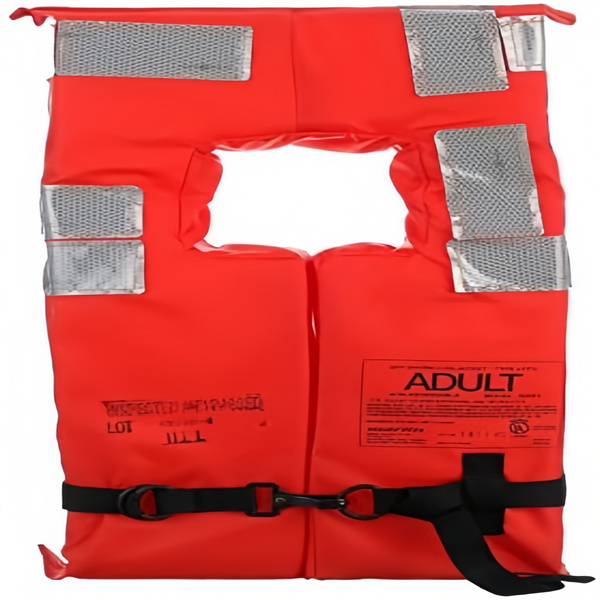
To sum up, designing life jackets for all ages requires an understanding of the unique needs of different user groups. From extra head support for infants to lightweight, easy-to-use features for seniors and and ergonomic designs for adults, a successful life jacket design prioritizes safety, comfort, and adaptability.

